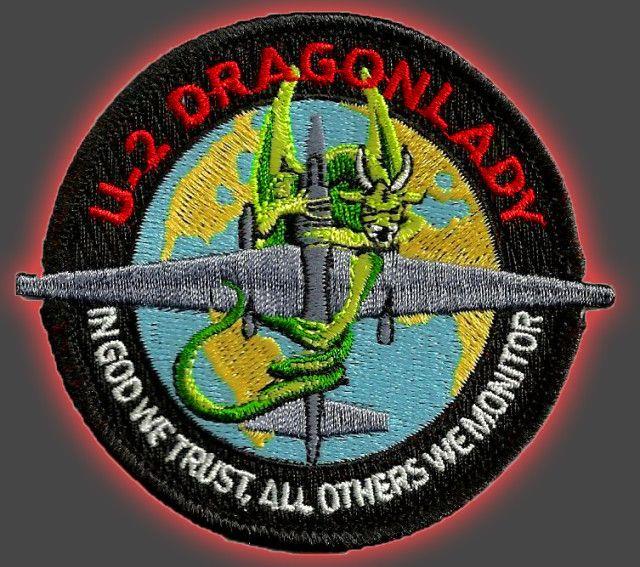S'sonic
Stealth
Menu
A free template by Lucknowwebs.com for WYSIWYG WebBuilder 8
Powered by Sispro1-S
Nigel G Wilcox
Paragon Of Space Publication
© Copyright Reserved - United Kingdom
Ideal Screen Composition 1024 x 768
SITEMAP
PSEUDO SCIENCE
SCIENCE RESEARCH
ABOUT
Desk
Supersonic
Stealth
Study
Menu
MAIN INDEX
Fastest Air Planes
Space
Transport
Menu
http://military.wikia.com/wiki/SEPECAT_Jaguar?file=Cockpit_of_Jaguar_GR.3A.jpg
U-2 Dragon Lady
The Lockheed U-2, nicknamed "Dragon Lady", is an American single-jet engine, ultra-high altitude reconnaissance aircraft operated by the United States Air Force and previously flown by the Central Intelligence Agency. It provides day and night, high-altitude, all-weather intelligence gathering. The U-2 has also been used for electronic sensor research, satellite calibration, and communications purposes.
Maximum speed: 805 km/h (500.20 mph) Maiden flight: 01 Aug 1955 Length: 62.99 ft Wingspan: 103.02 ft Cruising speed: 690 km/h (428.75 mph) Introduced: 1957

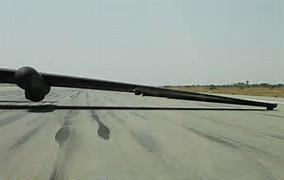
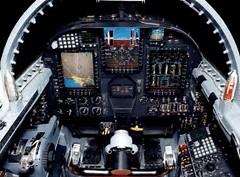
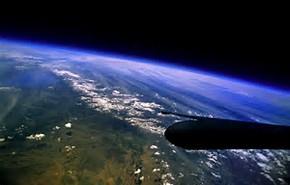
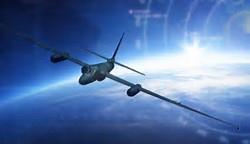
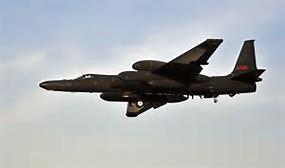


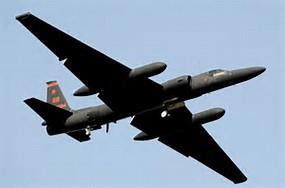
One of the United States’ most secret aerial reconnaissance platforms for more than half a century, the storied U-2 Dragon Lady still flies some of the U.S. military’s most sensitive spy missions worldwide.
The U-2S is a single-seat, single-engine, high-altitude/near space reconnaissance and surveillance aircraft providing signals, imagery, and electronic measurements and signature intelligence, or MASINT. Long and narrow wings give the U-2 glider-like characteristics and allow it to quickly lift heavy sensor payloads to unmatched altitudes, keeping them there for extended periods of time. The U-2 is capable of gathering a variety of imagery, including multi-spectral electro-optic, infrared, and synthetic aperture radar products which can be stored or sent to ground exploitation centers. In addition, it also supports high-resolution, broad-area synoptic coverage provided by the optical bar camera producing traditional film products which are developed and analyzed after landing.
The U-2 also carries a signals intelligence payload. All intelligence products except for wet film can be transmitted in near real-time anywhere in the world via air-to-ground or air-to-satellite data links, rapidly providing critical information to combatant commanders. MASINT provides indications of recent activity in areas of interest and reveals efforts to conceal the placement or true nature of man-made objects.
Routinely flown at altitudes over 70,000 feet, the U-2 pilot must wear a full pressure suit similar to those worn by astronauts. The low-altitude handling characteristics of the aircraft and bicycle-type landing gear require precise control inputs during landing; forward visibility is also limited due to the extended aircraft nose and "taildragger" configuration. A second U-2 pilot normally "chases" each landing in a high-performance vehicle, assisting the pilot by providing radio inputs for altitude and runway alignment. These characteristics combine to earn the U-2 a widely accepted title as the most difficult aircraft in the world to fly.
The U-2 is powered by a lightweight , fuel efficient General Electric F118-101 engine, which negates the need for air refueling on long duration missions. The U-2S Block 10 electrical system upgrade replaced legacy wiring with advanced fiber-optic technology and lowered the overall electronic noise signature to provide a quieter platform for the newest generation of sensors.
The aircraft has the following sensor packages: electro-optical infrared camera, optical bar camera, advanced synthetic aperture radar, signals intelligence, and network-centric communication.
Built in complete secrecy by Kelly Johnson and the Lockheed Skunk Works, the original U-2A first flew in August 1955. Early flights over the Soviet Union in the late 1950s provided the president and other U.S. decision makers with key intelligence on Soviet military capability. In October 1962, the U-2 photographed the buildup of Soviet offensive nuclear missiles in Cuba, touching off the Cuban Missile Crisis.
Recently, the U-2 has provided intelligence during operations in Korea, the Balkans, Afghanistan, and Iraq. When requested, the U-2 also provides peacetime reconnaissance in support of disaster relief from floods, earthquakes, and forest fires as well as search and rescue operations.
The U-2R, first flown in 1967, was 40 percent larger and more capable than the original aircraft. A tactical reconnaissance version, the TR-1A, first flew in August 1981 and was structurally identical to the U-2R. The last U-2 and TR-1 aircraft were delivered in October 1989; in 1992 all TR-1s and U-2s were designated as U-2Rs. Since 1994, $1.7 billion has been invested to modernize the U-2 airframe and sensors. These upgrades also included the transition to the GE F118-101 engine which resulted in the re-designation of all Air Force U-2 aircraft to the U-2S.
U-2s are home based at the 9th Reconnaissance Wing, Beale Air Force Base, California, but are rotated to operational detachments worldwide. U-2 pilots are trained at Beale using five two-seat aircraft designated as TU-2S before deploying for operational missions.
General characteristics
Crew: One
Length: 63 ft (19.2 m)
Wingspan: 103 ft (31.4 m)
Height: 16 ft (4.88 m)
Wing area: 1,000 ft² (92.9 m²)
Aspect ratio: 10.6
Empty weight: 14,300 lb (6,486 kg)
Max. takeoff weight: 40,000 lb (18,144 kg)
Powerplant: 1 × General Electric F118-101 turbofan, 17,000 lbf (84.5 kN)
Performance
Maximum speed: 434 knots (Mach 0.67, 500 mph, 805 km/h)
Cruise speed: 373 knots (Mach 0.56, 429 mph, 690 km/h)
Stall speed: 80-90 mph (130-140 km/h) near ground
Range: 5,566 nmi (6,405 mi, 10,308 km)
Service ceiling: 70,000+ ft (21,300+ m)
lift-to-drag: 23:1 (maximum)
Flight endurance: 12 hours
The U-2 provides high-altitude, all-weather surveillance and reconnaissance, day or night, in direct support of U.S. and allied forces. It delivers critical imagery and signals intelligence to decision makers throughout all phases of conflict, including peacetime indications and warnings, low-intensity conflict, and large-scale hostilities.
Role: High-altitude reconnaissance aircraft
National origin: United States
Manufacturer: Lockheed Skunk Works
Designer: Clarence "Kelly" Johnson
First flight: 1 August 1955
Introduction: 1957
Status: In service
Primary users: United States Air Force
Central Intelligence Agency (former)
NASA
Republic of China Air Force (former)
Produced: 1955-1989
Number built: 104












